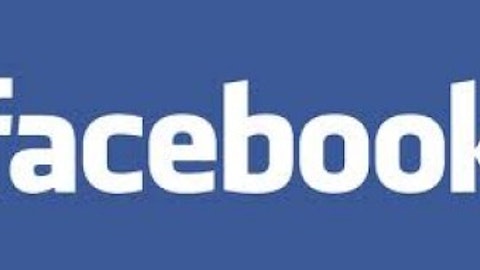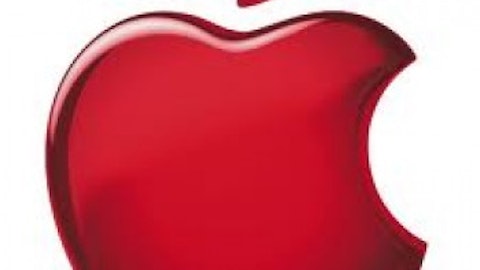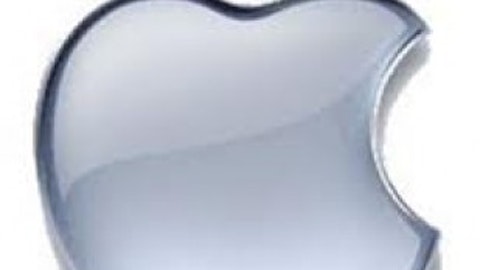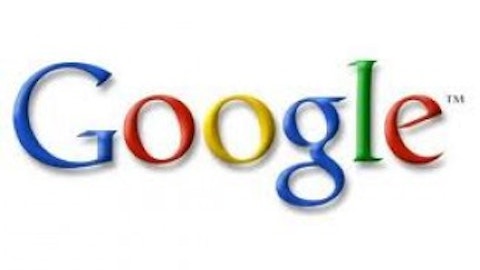Today, there are a few companies making me rethink everything I thought I knew about business. I thought a business’s purpose was to provide a good or service to society, something that people would pay for and make a profit for the owners.
For years, this is the way the U.S. and the stock market worked. We looked at metrics like return on capital and net income to judge how a business was performing and the companies that made the most money were worth the most money. But Amazon.com, Inc. (NASDAQ:AMZN)‘s results along with a no-margin trend in other businesses has me wondering whether the market has flipped the script.
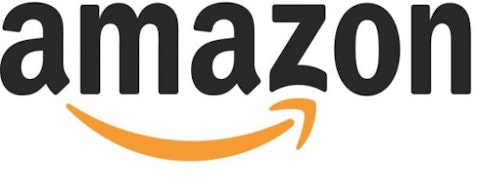
The transition to lower-margin businesses begins (in my eyes) in China, where the goal isn’t profit — the goal is employment. Foxconn can make computers, televisions, and just about every other electronics device for less than U.S. manufacturers not only because it have cheaper labor, but it has free money from the government and doesn’t care about margins. The company is down to about a 2% margin, what most manufacturers would consider unacceptable.
But Foxconn can get cheap money from state-run banks in China — money that fuels expansion. If U.S. banks handed out billions of dollars to companies to make 2% gross margins, we would be stealing manufacturing from other countries like crazy. Foxconn is the headline maker today, but 20 years ago China started this trend in the PC business.
It took a long time for the PC business to be overtaken by the Chinese. Dell Inc. (NASDAQ:DELL) held its own with efficient operations for a long time, but now it’s in a world of hurt and may be going private to try to turn the ship around. International Business Machines Corp. (NYSE:IBM) saw the writing on the wall before others and sold its PC business to Lenovo in 2004. Since then, we’ve seen most brands outsource manufacturing to China, if not throw in the towel altogether and capitulate to Chinese brands.
The smartphone and tablet business didn’t even have a shot at escaping the low-margin manufacturers in China. Apple Inc. (NASDAQ:AAPL) has outsourced all of its manufacturing since Tim Cook took over operations, choosing the make margin by designing and selling electronics instead of actually making them.
But Apple has come under pressure from competitors who don’t seem to even care about making money selling devices. Amazon uses low-margin suppliers to make a Kindle tablet that Jeff Bezos has said will be a no-margin device. What a great deal for consumers.
This same trend has destroyed the solar market, where easy money in China and manufacturers selling below cost destroyed the U.S. solar market. You see it in wind, too, where giants like General Electric Company (NYSE:GE) and Vestas have been overrun by companies running razor-thin margins. The examples of low-margin businesses taking over China go on and on.
Moving beyond China
If the low-margin business is working in China, why not expand it in the U.S.? Amazon is using a no-margin strategy to kill competitors and dominate online retail as we speak. Best Buy Co., Inc. (NYSE:BBY) has been relegated to a showroom for Amazon and investors have thrown the company out with the bathwater despite a valuation that looks far better than Amazon from a profit standpoint.
How can Best Buy possibly compete? Jeff Bezos has literally says that he doesn’t care about margins, calling his competitors’ margins his opportunity. The Kindle sells at cost, Prime users get two-day shipping and streaming content that has no proof of being profitable. Amazon has redefined retail as a zero-margin business and the market is applauding the results, despite no proof that it will ever turn a profit.
In tech, Google Inc (NASDAQ:GOOG) doesn’t even try to make money selling an operating system for smartphones and tablets — it just gives it away. How are Apple or Microsoft Corporation (NASDAQ:MSFT) supposed to compete with that pricing?
